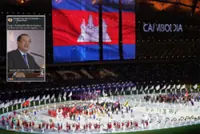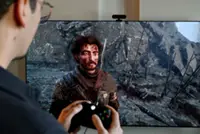The SNK franchise has been dormant, but the publisher resurrected it after 25 years. — SNK
Fatal Fury has always felt like the Pepsi to the Coca-Cola of Street Fighter. SNK’s fighting game series emerged around the same time as Capcom’s iconic franchise but never rose to its iconic heights. At 1990s arcades, when fans huddled around cabinets featuring Ryu and company, the ones showing Terry Bogard were usually open.
That isn’t to say Fatal Fury was a bad series, but it was never as popular despite having a more compelling story and experimental gameplay mechanics such as the two-plane battle system. The SNK franchise has been dormant, but the publisher resurrected it after 25 years. (Terry Bogard and other characters have been mainstays in King of Fighters though.)





